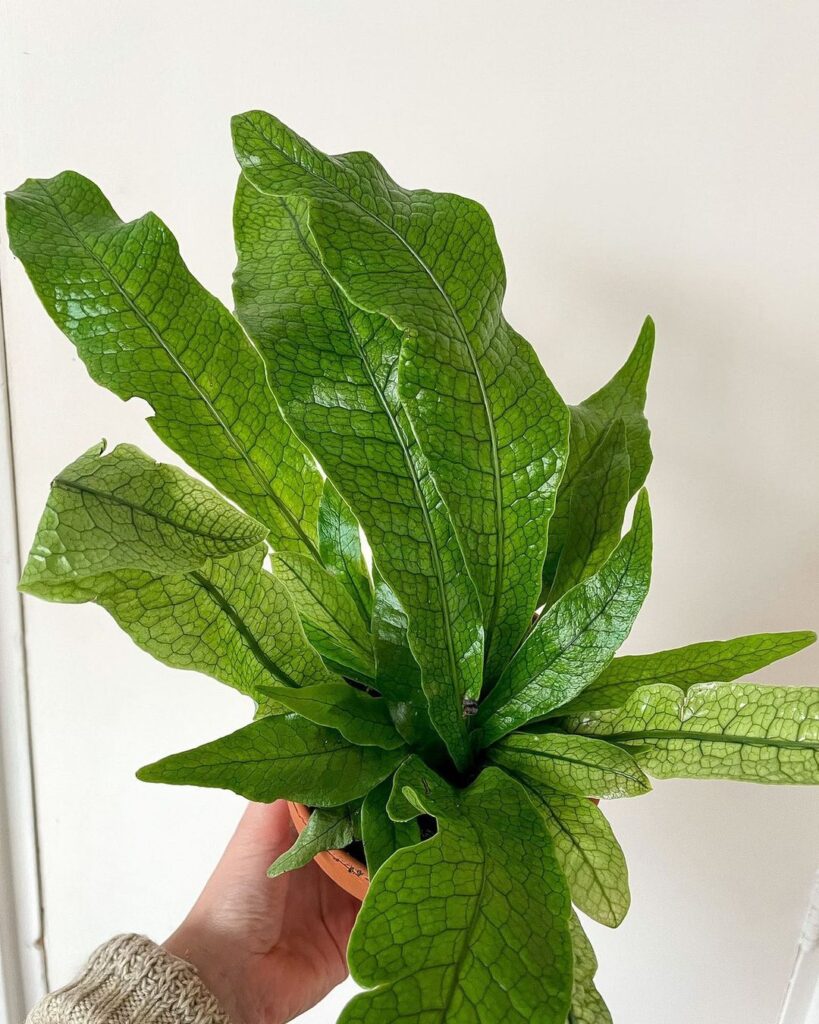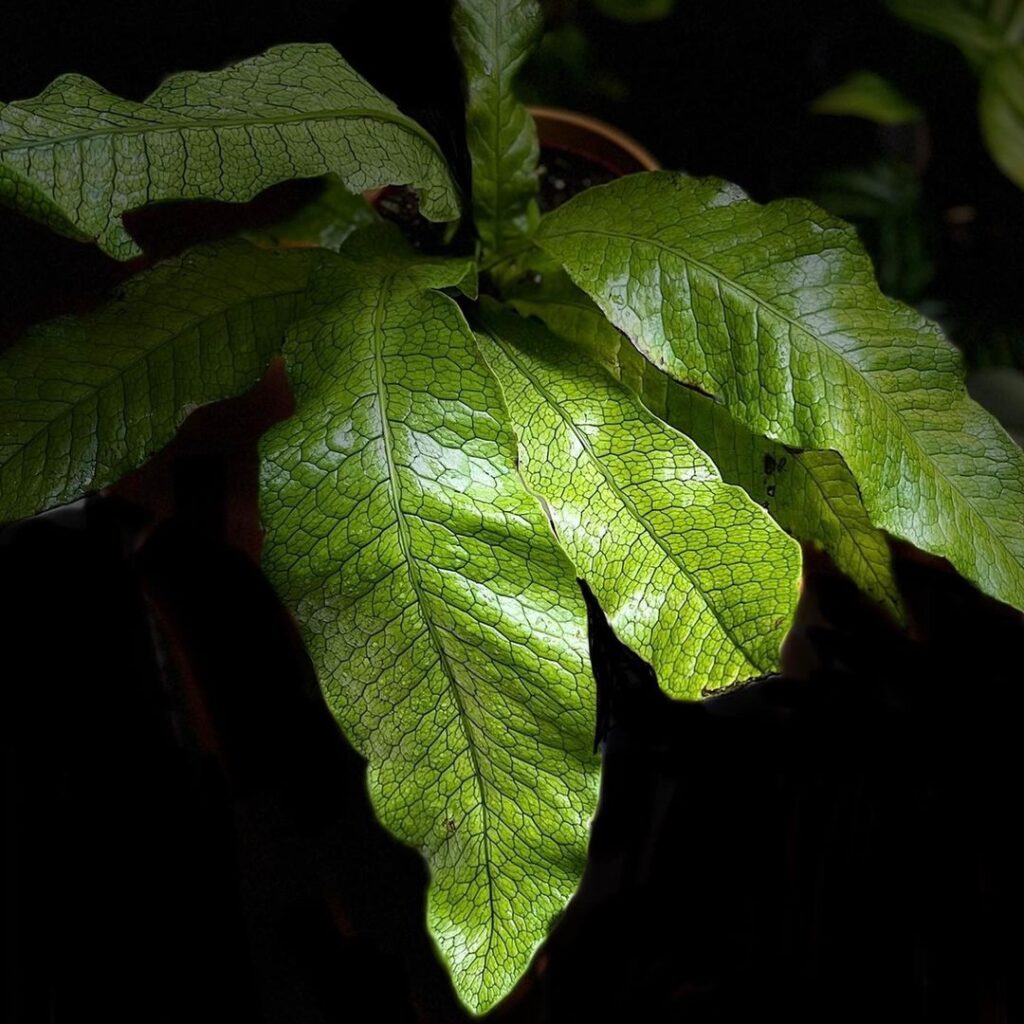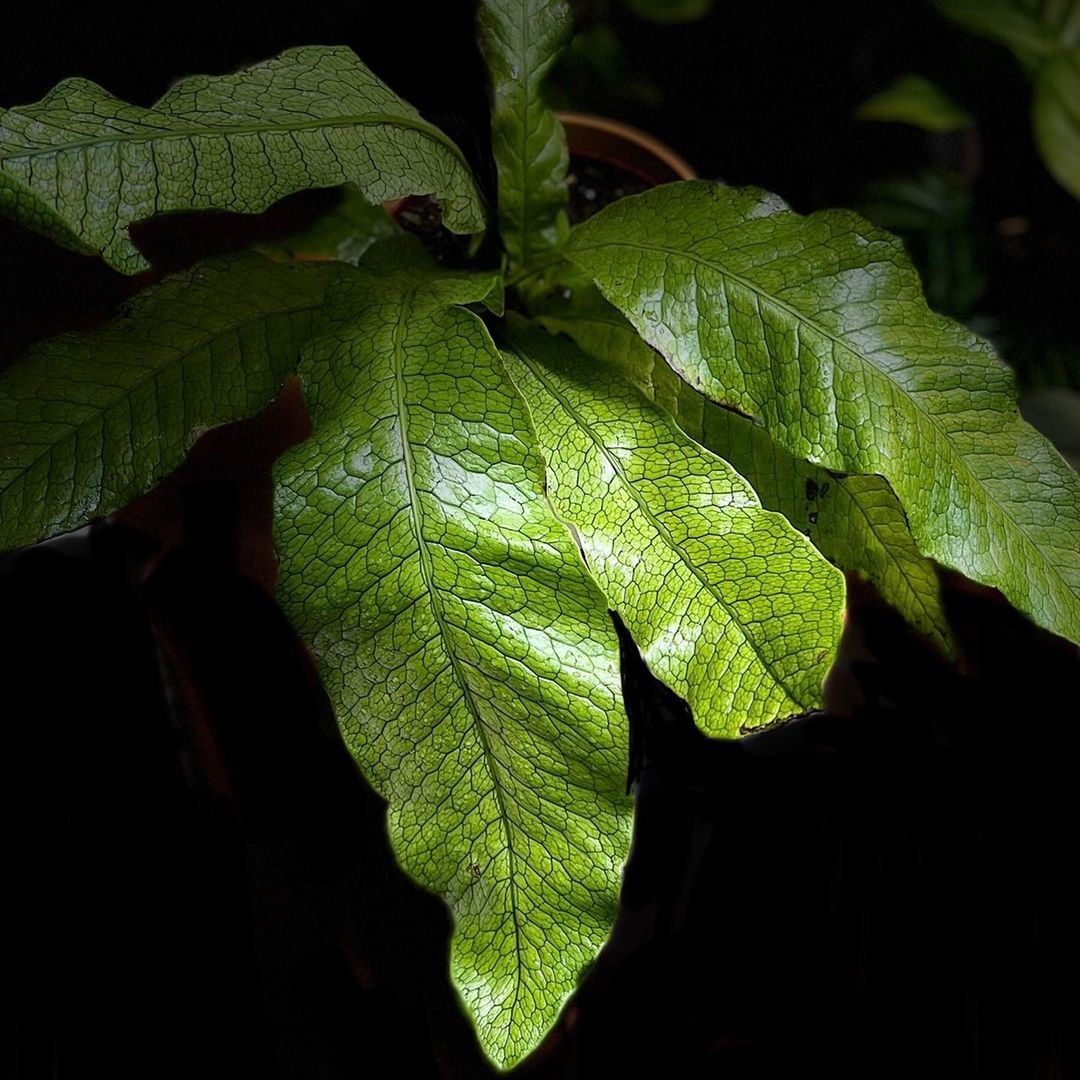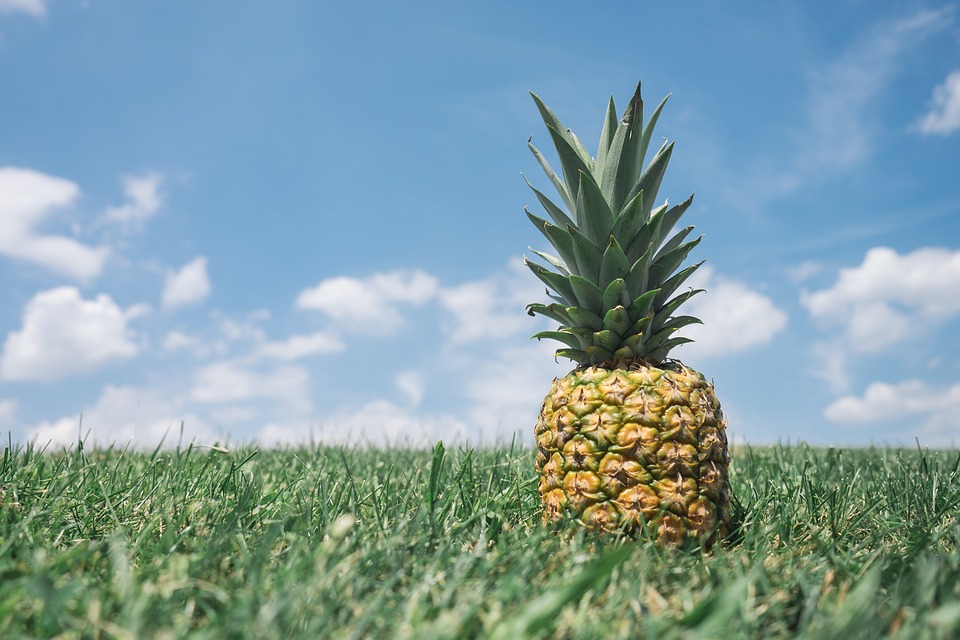Learn How to Grow Crocodile Fern Indoors in Pots with ease and bring a distinct touch to your houseplant collection.
Crocodile ferns are a popular choice among fern lovers due to their unique and striking appearance. If you’re looking to add this tropical plant to your indoor garden, here are some tips on How to Grow Crocodile Fern Indoors in Pots successfully.
Common Name: Crocodile fern
Botanical Name: Microsorum musifolium
USDA Zones: 10-11
Read about Fern Leaf Cactus Care Guide
What is a Crocodile Fern Plant?

Crocodile fern plants (Microsorum musifolium ‘Crocodyllus’) are popular among fern enthusiasts due to their uniquely styled leaves, which bear a striking resemblance to the texture of crocodile skin. This distinct feature inspired the plant’s name and added to its charm.
This fern is commonly found in Southeast Asia and certain areas of Australia and requires a specific type of environment to thrive – specifically, one that is humid and tropical. Despite being slow growers, they can make a significant impression as statement pieces due to their potential to reach heights of up to 5 feet.
Provide an adequate amount of water and place the plant in a spot with bright, indirect sunlight indoors. In USDA Zones 10 or 11, it’s even possible to include these ferns in your outdoor garden year-round.
Propagating Crocodile Fern

Ferns reproduce through spores rather than seeds, like most other plants. However, propagating ferns via spores can be challenging and may not always produce favorable results.
Fortunately, dividing the roots is a viable way to produce more Crocodile fern plants. However, wait until the plant is fully mature before attempting this method.
Also, propagate multiple sections since not all of them may thrive. The process for root division is easy:
- Take out your crocodile fern gently from its pot.
- After exposing the roots, take care to carefully separate a section of your fern, being cautious not to overhandle or harm the roots, which could potentially harm or kill the plant.
- Propagate the new Crocodile fern in a new pot and water it fully.
- Maintain the soil moisture, mainly in the first few weeks.
How to Grow Crocodile Fern Indoors in Pots
Sunlight
Similar to other ferns, crocodile fern plants grow naturally under the shelter of trees. As a result, they thrive in lighting that imitates the filtered, indirect sunlight they would receive on the forest floor.
While crocodile fern plants require sunlight, it’s crucial to avoid direct exposure, such as being placed in a window. Excessive sunlight can harm the plant by scorching its leaves.
Soil
Crocodile fern plants thrive in loose, nutrient-rich, and adequately moist soil that also drains well. If necessary, incorporate peat moss and perlite into the soil to enhance its texture and improve drainage.
Water
These plants require ample watering, and it’s best to maintain consistent moisture levels. When the topsoil begins to dry out, water the plant thoroughly until it drains out of the bottom. Be sure to allow excess water to drain completely to avoid waterlogging the soil.
Temperature and Humidity
As a tropical plant, crocodile fern plants are not cold-tolerant and can only survive outdoors in zones 10 or 11. For most areas, it’s best to cultivate this striking fern as a houseplant. However, it’s vital to protect it from drafts, air conditioners, or heating vents to avoid stress on the plant.
Insufficient humidity can cause the leaves of crocodile ferns to develop crispy brown tips, as these plants thrive in moist environments. However, there are measures you can take to maintain adequate humidity levels for your fern, such as:
- Place the pot on a tray filled with pebbles and a small amount of water. The water will evaporate, creating a humid environment for your plant. Be sure that the pot is not submerged in water.
- Additionally, mist your fern daily using a spray bottle.
- Treat your fern to a spa day by bringing it into the bathroom while you take a shower. The heat and humidity from the shower will provide a natural steam treatment that your plant will love.
Crocodile Fern Care
Fertilizer
Fertilizing your fern is essential to maintain its health and foliage. However, it’s important to use the right amount of fertilizer, as excessive amounts can burn your plant and leave unsightly marks on its leaves.
Use a water-soluble fertilizer that has been specifically formulated for ferns. Dilute it with water, and feed the plant once a month during the spring and summer seasons.
Repotting
Crocodile fern grows slowly, so you don’t need to worry about repotting them frequently. However, it’s essential to keep an eye on the roots and foliage. If you find the roots becoming crowded in the current pot or the fern is top-heavy, move it to a larger pot. Repotting is a straightforward process if you follow these quick steps:
- Gently rotate the pot with the fern on its side.
- Take out the plant from the container.
- Transfer the plant to a new planter with fresh potting mix and water well.
- Do remember fern has a shallow root system, so avoid burying it too deep.
Common Pests & Diseases
- Scale insects can pose a significant threat to crocodile ferns, and getting rid of them requires persistent effort.
- If you notice scales on your indoor crocodile fern, you can start by pruning the affected stems.
- If the infestation persists, you can try rubbing the leaves gently with rubbing alcohol using a cotton swab.
- On the other hand, if your fern is outdoors, neem oil is an effective solution for controlling scale.
It’s essential to note that poorly draining soil can cause issues such as root rot or fungal growth. Therefore, make sure that your fern is not sitting in soil that retains too much water.



